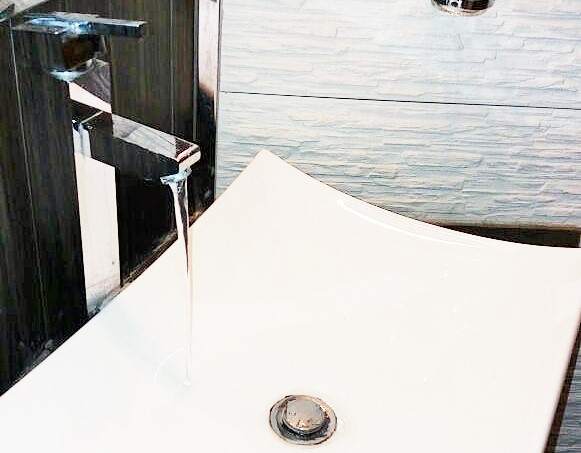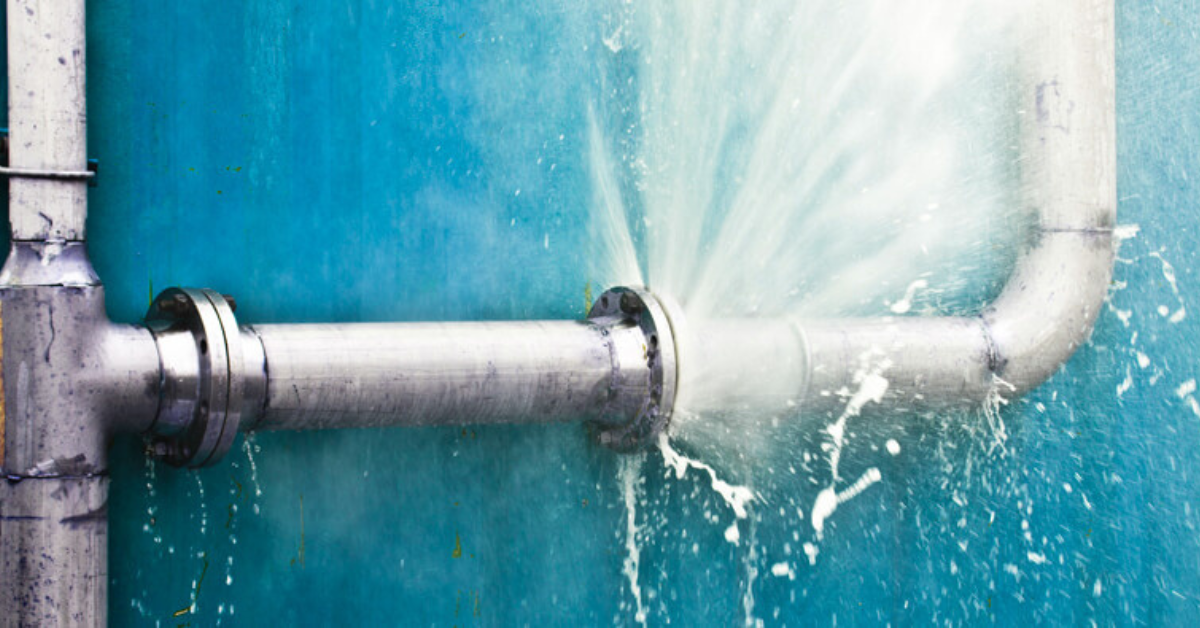Any individual seems to have his or her own thinking involving Low Water Pressure in the House?.

Low water pressure in your house can be an irritating trouble, influencing every little thing from bathing to washing dishes. If you're experiencing weak water circulation, there are a number of possible reasons and options to check out. In this overview, we'll go over usual reasons for low tide pressure and sensible steps to resolve the issue successfully.
Intro to Low Water Pressure
Low water stress occurs when the circulation of water from your taps, showers, and other fixtures is weaker than common. This can make daily jobs more difficult and less effective. Understanding the sources of low tide stress is important to locating the right solution.
Usual Reasons For Low Water Stress
Faulty Pressure Regulators
Stress regulatory authorities are responsible for maintaining regular water pressure in your house. If they malfunction, it can lead to low tide stress or unequal circulation throughout your home.
Community Supply Of Water Issues
In some cases, the trouble exists outside your home. Municipal water problems, such as main line leakages or upkeep job, can briefly lower water pressure in your area.
Pipeline Obstructions
Gradually, pipelines can come to be obstructed with mineral deposits, debris, or particles, limiting the flow of water. This is a typical problem in older homes with galvanized steel pipes.
Rust
Rust within pipes can cause leaks and decreased water pressure. Corrosion accumulation can constrict water circulation, particularly in maturing plumbing systems.
Just How to Detect Low Water Pressure
Evaluating Pipes
Examine noticeable pipes for indicators of leaks, deterioration, or blockages. Take note of any unusual noises, such as banging or rattling pipes, which could suggest concerns within the plumbing system.
Consulting with a Plumber
If you're unable to identify the cause of low tide stress, consider hiring an expert plumber to carry out a complete evaluation. They can determine underlying problems and suggest proper options.
Checking Faucets and Components
Beginning by checking the water pressure at various faucets and components throughout your home. If the problem is isolated to particular locations, it might indicate local troubles.
Do It Yourself Solutions to Repair Low Water Stress
Flushing Water Heater
Sediment accumulation in the hot water heater can restrict circulation and decrease performance. Purging the tank occasionally helps eliminate debris and keep optimum performance.
Checking Pressure Regulator
Guarantee that the stress regulatory authority is working appropriately. Readjusting or replacing the regulator can help restore correct water stress throughout your home.
Cleaning Aerators and Showerheads
Natural resources can build up in aerators and showerheads, lowering water flow. Remove and cleanse these components consistently to enhance water pressure.
Clearing Up Clogs in Pipeline
For minor obstructions, try using a plumbing serpent or chemical drainpipe cleaner to clear blockages in pipelines. Beware when making use of chemicals and follow security guidelines.
When to Call a Specialist Plumber
If do it yourself initiatives stop working to settle the issue or if you presume considerable plumbing troubles, it's finest to seek help from a licensed plumber. They have the expertise and tools to resolve complex issues safely and properly.
Safety Nets to Keep Water Pressure
Installing a Stress Booster
Consider setting up a pressure booster pump to enhance water pressure in locations with continually reduced circulation. This can be particularly valuable for multi-story homes or homes with high-demand fixtures.
Tracking Water Usage
Bear in mind water usage practices and prevent ill-using the plumbing system. Simple changes, such as staggering showers and washing tons, can help keep ample water pressure.
Routine Upkeep
Arrange regular maintenance for your plumbing system to avoid concerns such as rust, leakages, and clogs. Resolving minor troubles early can assist stay clear of even more significant fixings later on.
Verdict
Dealing with low tide stress can be irritating, yet determining the underlying causes and carrying out proper remedies can restore optimum circulation throughout your home. Whether it's cleansing aerators, evaluating pipes, or seeking advice from a plumber, taking positive actions can make certain a constant supply of water for your everyday requirements.
FOUR WAYS TO FIX LOW WATER PRESSURE NOW
Turning on a shower or faucet only to find the water comes out in a sad, slow drizzle is never a good feeling. How exactly are you supposed to wash a pan or take a quick shower when it takes 10 minutes just to rinse off a little soap? The good news is that when your water pressure is bad, there's always a cause: typically one that can be easily fixed. Here are some of the most common causes of low pressure and what you can do to fix the issue:
DEBRIS AND MINERAL DEPOSIT BUILDUPS
If you notice low water pressure from just one or two of the fixtures in your house, the problem likely has to do with debris buildup. Water is full of minerals and other debris, all of which can accumulate in your pipes and on your fixtures. This can cause a blockage that affects how much water flows through. To fix this, try filling a small plastic bag with white vinegar, and use a rubber band to hang it around your showerhead or faucet. Let the head of the fixture soak for a few hours, and the vinegar should loosen the deposits.
WATER LEAKS
Leaks are another common cause of low water pressure. If water is flowing out of your plumbing through a hole or crack before it can reach your fixture, the pressure coming out of the faucet or showerhead will be lower. A plumbing professional is your best bet for finding and repairing a leak in your water supply pipes.
Leaks are another common cause of low water pressure. If water is flowing out of your plumbing through a hole or crack before it can reach your fixture, the pressure coming out of the faucet or showerhead will be lower. A plumbing professional is your best bet for finding and repairing a leak in your water supply pipes.
A VALVE ISSUE
If you have low water pressure throughout your home, check your main shut-off valve to make sure it's completely open. You may also want to see if there's a pressure-reducing valve installed. If there is, have a plumber help you adjust the settings to get the pressure you're looking for.
OTHERS USING WATER
Believe it or not, your low water pressure could be caused by your neighbors. If you notice low pressure at certain times of day, it may be because you and the people living next to you have similar schedules - when everyone is showering at the same time, the pressure will be lower in every home. Low pressure throughout the neighborhood may also be caused by an issue with your municipal water supply. If that's the case, call the supplier to see if they're working on the issue.
https://www.rotorooter.com/blog/water-leaking/low-water-pressure-fixes/

As a keen reader about 4 Ways to Troubleshoot Low Water Pressure, I imagined sharing that piece of content was sensible. Sharing is good. Helping others is fun. We cherish your readership.
Call Today